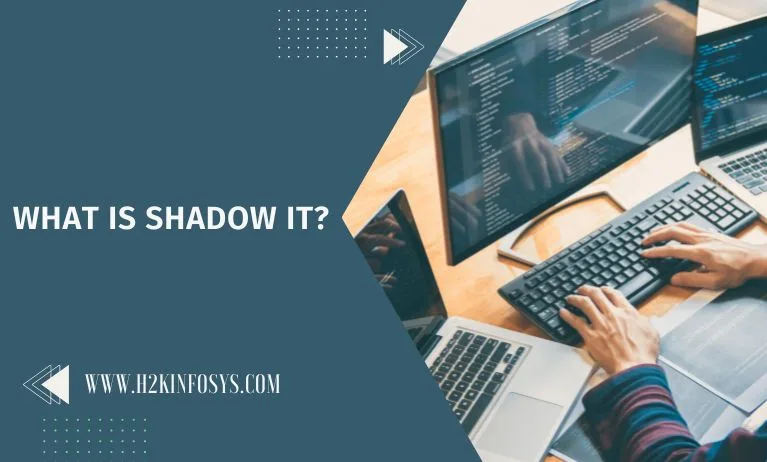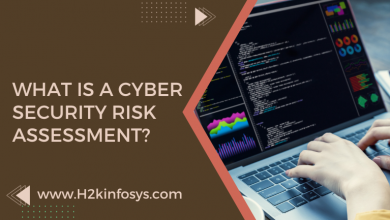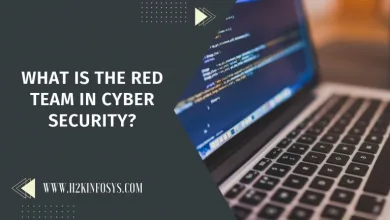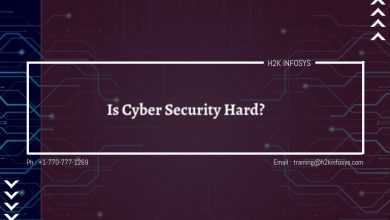What is Shadow IT?

Software, systems, and SaaS Shadow IT solutions are available from numerous organizations and are permitted for usage in businesses. For instance, a business might formally use Office 365 and Azure Microsoft to conduct business.
When an employee transgresses company IT policies, it is called “shadow IT.” This can involve registering for unauthorized SaaS services, uploading company data onto a personal laptop, or using a personal Google Drive to hold work-related documents. Because these solutions have not been checked for security or compliance issues or integrated into a corporate risk management plan, shadow IT might pose security risks for an organization. Check out the Cyber security training course to learn more.
The Growth of Shadow IT
Corporate IT policies are frequently developed by businesses as part of their security initiatives. An organization can obtain visibility into and control over its possible security threats and deploy SaaS security solutions to mitigate them by defining the list of permitted software.
However, corporate IT guidelines could impede an employee’s productivity. This might be as straightforward as adopting Microsoft Office 365 when an employee prefers Google Docs or it could involve steps that make it more difficult for employees to do their tasks in an effort to increase security.
Shadow IT is an effort to get around or above these limitations that are thought to be obstacles to an employee’s capacity to perform their duties. Shadow IT has increased as a result of the popularity of SaaS solutions, which provide workers with convenient, easy-to-use alternatives to approved corporate solutions.
The Importance of Shadow IT Protection
Employees may perceive shadow IT as benign or even advantageous. They may increase the effectiveness and profitability of the company by utilizing platforms and solutions that increase their productivity. Shadow IT, however, also poses serious hazards to the organization.
Corporate data that is stored on unapproved services or platforms, like cloud storage or a messaging platform like Slack, is out of the IT and security teams’ view and control. Sensitive corporate data may be compromised if the security settings for this platform are set up incorrectly, as by making cloud storage discs publicly available. Shadow IT can also make it more difficult for a company to comply with regulations if it can’t demonstrate that it manages access to sensitive information or if the use of a particular platform violates data transfer rules such as those defined within the EU’s General Data Protection Regulation.
Employees can sign up for unapproved services and transfer critical data onto them, making shadow IT a risk for any company. Gaining insight into this unauthorized usage of IT services and safeguarding company data from unauthorized access and disclosure require shadow IT protection.
How to Control Shadow IT Risk
Because shadow IT risk encompasses systems that are uncontrollable by an organization, it is challenging for organizations to manage. Employees could use unapproved systems and services to store company data, leaving it vulnerable to hackers.
Employee education is one typical method of managing shadow IT risk. Employees frequently view company IT regulations as a barrier that makes it harder for them to perform their jobs. Organizations can lessen the likelihood that employees will breach corporate policies by educating staff members on the policies and the justifications behind them.
Employee education, meanwhile, is not a perfect solution. Despite being fully aware of the business’s IT and security standards, as well as their justifications and advantages, some employees will nonetheless try to get around them. In these circumstances, a firm can only control its shadow IT risks by implementing systems that can recognize the usage of shadow IT and give the business the ability to react to it.
Managing Shadow IT Risks with Harmony Email and Collaboration
SaaS solutions frequently track customers’ identities based on their email accounts. This is one of their regular characteristics. The user’s email address is frequently the username for a SaaS account, and the service will send emails to the user to validate their account and let them know when something happens with it.
Even though a company may not have access to the unapproved SaaS services that its employees may sign up for from third parties, it does have control over the corporate email addresses that employees may use to sign up for these services. An organization can discover instances where it’s likely that an employee is accessing unauthorized services by analyzing email traffic for communications relating to them, such as welcome emails, notifications, or emails concerning messages they’ve received.
Conclusion
If you are into Cybersecurity or you work in an IT-based organization, you need to have a good understanding of Shadow IT. Check out the online Cyber security training to learn more about Shadow IT.





